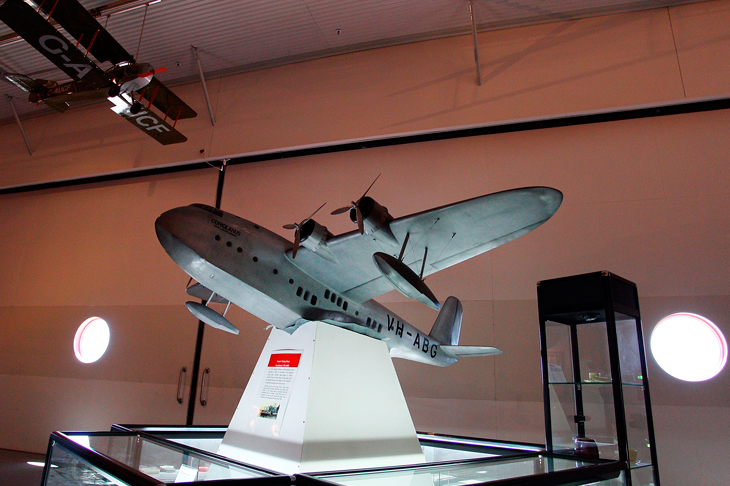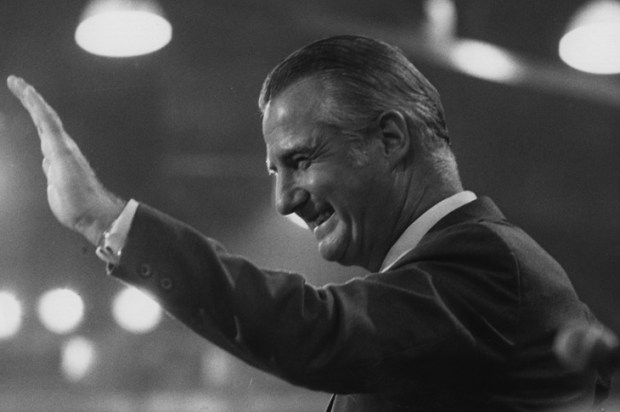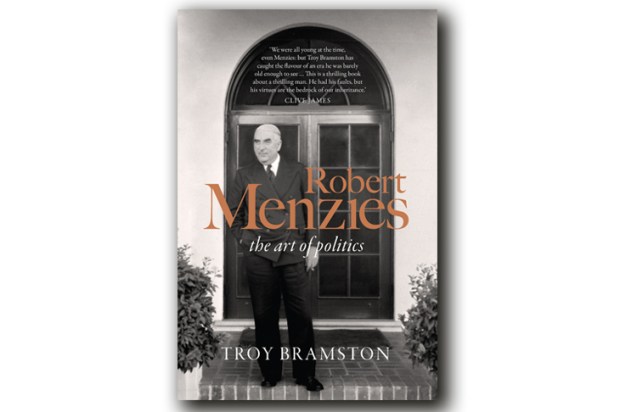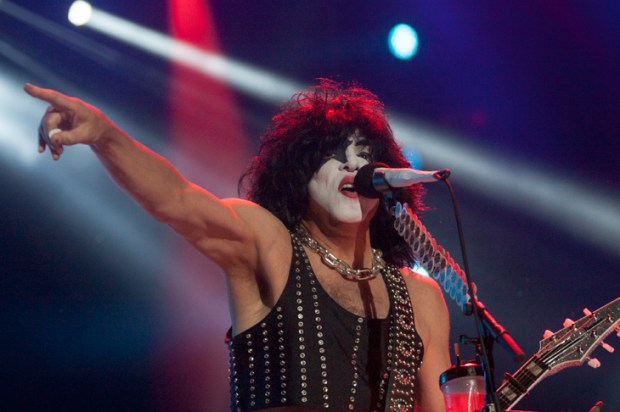Jim Eames, an established and respected aviation writer, whose previous credits include The Flying Kangaroo, a history of Qantas, has written an absorbing account of Australia’s national airline at war.
Courage in the Skies is a tale seldom acknowledged. At the outbreak of the Pacific War in December 1941, Qantas provided critical assistance to the Australian military and broader Allied war effort through the provision of scarce aircraft and skilled crews.
Already a subscriber? Log in
Subscribe for just $2 a week
Try a month of The Spectator Australia absolutely free and without commitment. Not only that but – if you choose to continue – you’ll pay just $2 a week for your first year.
- Unlimited access to spectator.com.au and app
- The weekly edition on the Spectator Australia app
- Spectator podcasts and newsletters
- Full access to spectator.co.uk
Or
Unlock this article
You might disagree with half of it, but you’ll enjoy reading all of it. Try your first month for free, then just $2 a week for the remainder of your first year.














Comments
Don't miss out
Join the conversation with other Spectator Australia readers. Subscribe to leave a comment.
SUBSCRIBEAlready a subscriber? Log in